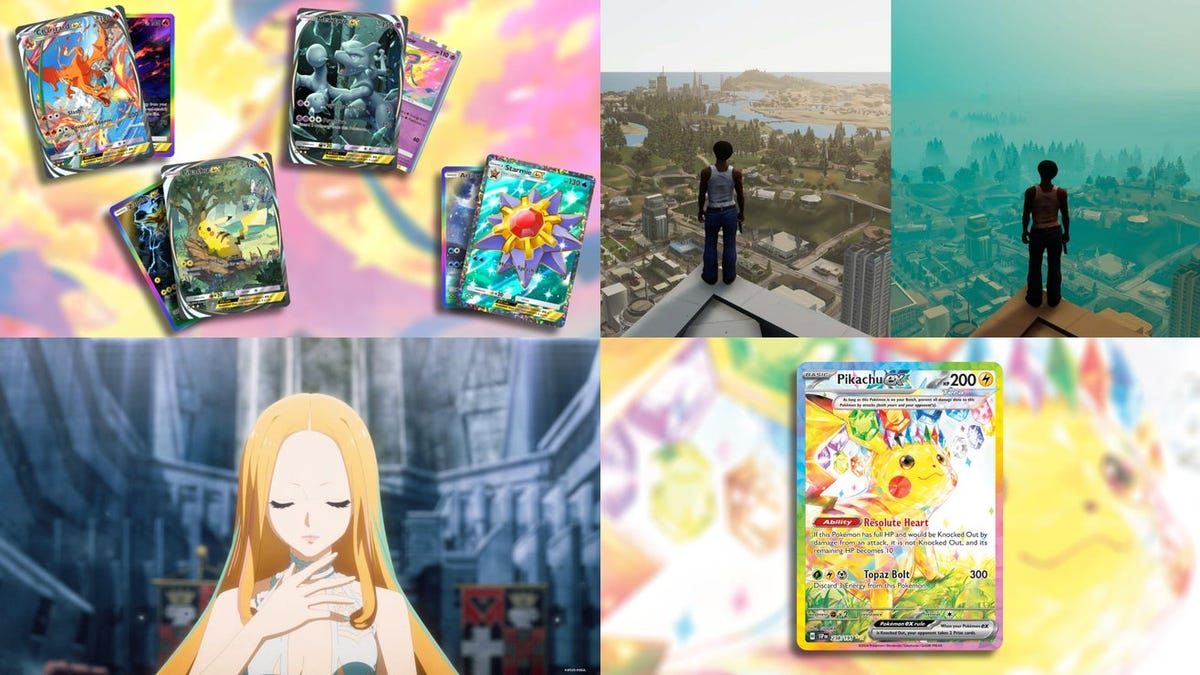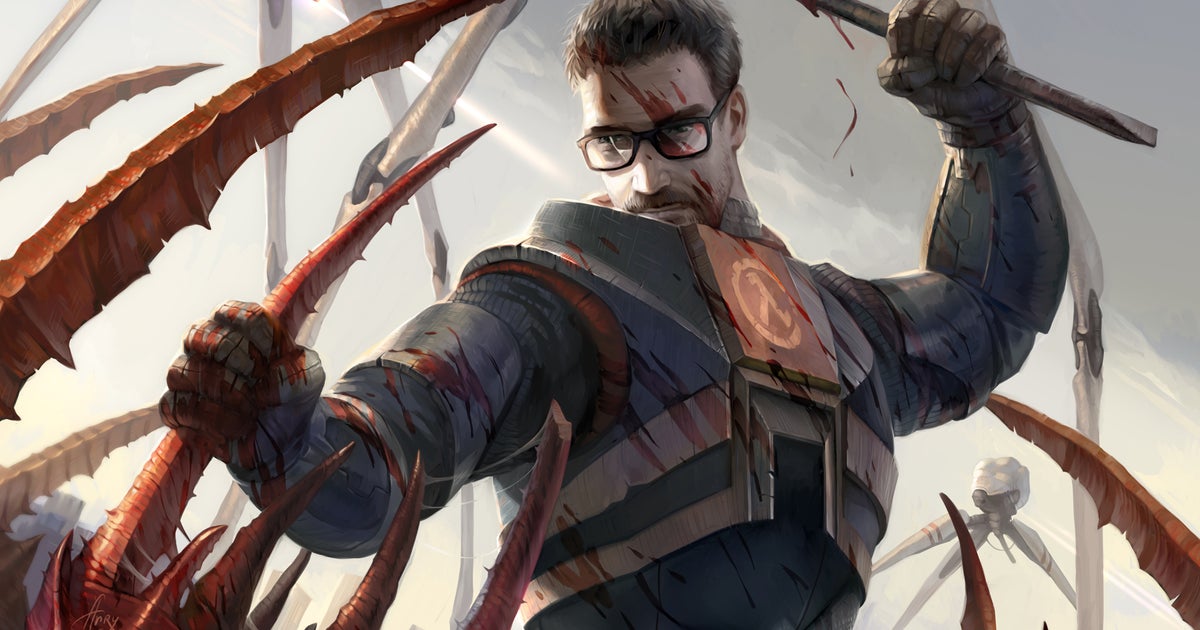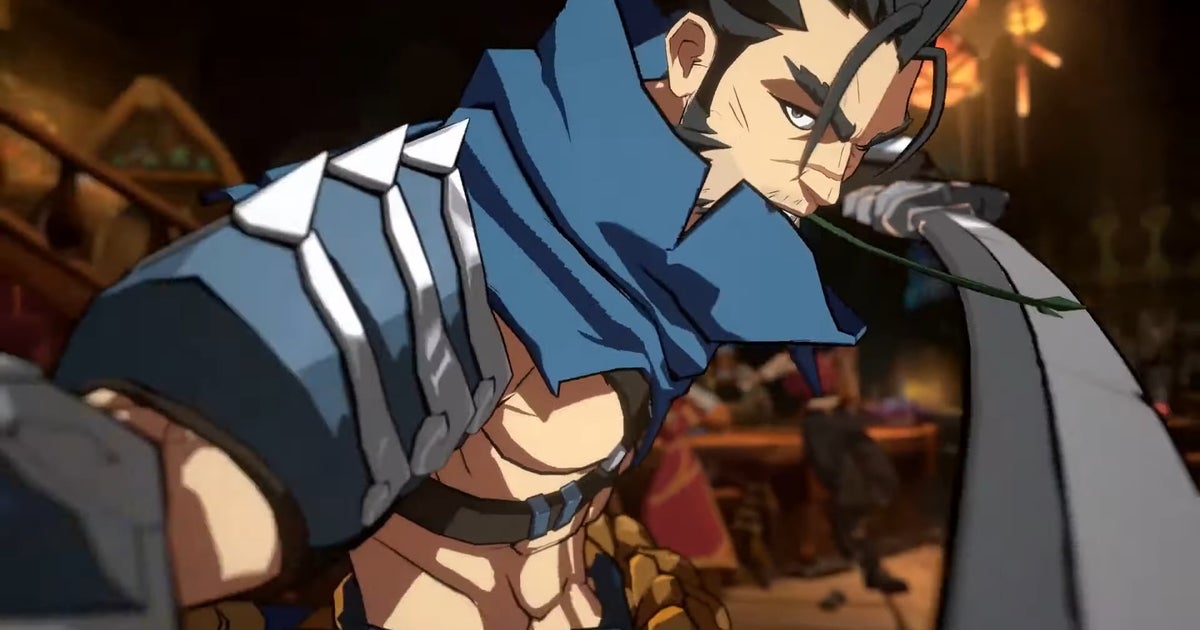This analysis was conducted using an early access copy of the game.
I keep coming back to Aeris’ words in the final moments of Final Fantasy VII: Remake. “We can change the world for the better.” I can’t stop thinking about how risky it is to touch something like Final Fantasy VII and make it a current sign of the times, but that’s because it’s in the year happened in 2020. FFVII: Remake came to reinterpret the cult story that changed video games in 1997, and it culminated in breaking free (almost literally) from the shackles of fate, fulfilling dreams that seemed impossible and his to open the world to a new audience who would look at his story with fresh eyes.
And by that fate I don’t just mean what Sefirot or even Shinra plan to do, but the expectations that await every player who has played FFVII or Remake. No. Just as the previous installment was about reinventing (not reproducing) history and seeing if it can withstand the weight of its own legend, Rebirth is a step forward on an unknown path that has never been seen before, but when you play it feels like the only thing you can follow. Rebirth is the great knot in which we see the first answers and in which the greatest questions are also raised. And in almost every one of his impossible tasks he succeeds and succeeds.
Advertising:
The story actually begins with the cryptic scenes that were part of the ending of its predecessor. We see Cloud, Tifa, Barret, Aeris and Red return and the revelation of Cloud and Sefirot’s past. In this moment, the group’s promise to stop the villain and save the world takes us from the corridors and most closed environments of Midgar to the vast, vast plains of the Grasslands and beyond. And this sequel is already flying without a harness. The story and its length (and any possible changes you notice compared to FFVII) are between you and your PS5. I won’t spoil the surprise for anyone.
Final Fantasy VII: Rebirth is not an open-world role-playing game for very little. Instead, each step of the story takes us into a vast, different, beautiful and detailed region where we can lose ourselves in its world, its monsters and inhabitants, and in the progression of our characters’ abilities. But how do you combine an accurate narrative with open spaces where previously there were only random encounters in which you could “farm” levels, items and weapons? Well, this is where one of Remake’s standout supporting characters returns: Chadley.
The one from Dr. The Android created by Hojo now enjoys its freedom and enters into an agreement from which we collect data Each area with different activities (activating towers, scanning Mako sources or defeating monsters, to name a few), and in return he rewards us with new materials, background information and improvements for the Battle Simulator, an environment in which we test combat strategies Be able to remember confrontations with individual enemies and much more. Receive the precious invocations. In addition to these activities, there are some unique locations full of treasures and secrets to explore in the world, many of which fulfill secondary quests that I’ll talk about later.
Advertising:
Such a vast world can quickly become a problem if the movement or environment is limited in its versatility or diversity. And of course there is nothing better than traveling the world on the back of a chocobo. In addition to being a quick way to move quickly through open terrain, the bird mount is also used for following paths and digging up treasure. Additionally, each region has a different specific subspecies of Chocobo, each with their own special abilities (such as climbing walls carved into the mountain) and their own sub-mission to track them down, as well as their own orchestrated variation on the classic theme! They are in themselves the feather-light gear with which the central system of rebirth is articulated.
And speaking of new systems, you’ll immediately notice that there are now far fewer consumable items when breaking crates or opening chests. The shops are spread out and you can spend a lot of time between one visit and the next. The solution is that if you can’t buy or find it, you have to make it. synthesis, as it is called, is a tool that the party always carries with them and can be used to craft (and improve) everything from potions and aether to quest items and equipment for various classes. Again, the open sections are used to obtain natural ingredients, minerals, or monster parts to craft them from. Recipes and blueprints are obtained by gaining synthesis experience (the more items you craft, the lower the cost of the next unit) or through world activities. Here too, exploration becomes essential, i.e. “explore what a gerund is”.
I’ve already mentioned side quests twice. Are they worth it this time? Because while they have their defenders, most of us agree that the secondary missions in Final Fantasy VII Remake contain “filler” content and, aside from a few brush strokes or knowing details of a particular character, you can complete the story , without paying attention to a single one 1. Map marker. In Rebirth the side stories are much better and they also have their relevance to the main story. There are a small number of them in each region, and each of them is more or less connected to one of Cloud’s companions. Some are straightforward and serve as comic relief in the adventure, while others are more complex, have more steps and a longer duration, and generally offer better rewards. By completing them we strengthen bonds and affinity, which is useful when we reach Gold Saucer (yes, for “that” moment) and also for unlocking new abilities in battle.
The confrontations are practically the same as in the first part combined attacks. Each member of the party has these types of special actions that they can perform in battle together with one or more members of the active party, and they are in addition to the limits that each individual member performs individually. Since the relationship between Cloud and his friends also affects them, it is good to improve each character’s skill trees whenever you have the opportunity so that any configuration of the group (which is sometimes blocked by the development of the narrative) always works a few tricks up your sleeve when things get complicated. Here too we have the option to choose between an active action system or a slower one in which we only care about special abilities while the character performs normal attacks automatically. But with new group attacks, new materials and shortcuts, it feels much more alive now than in the remake. And it shows that the AI of the companions has improved.
And yet, between all the battles, missions, treasure hunts and material gathering, there are also the mini-games that I have to surrender to the game’s true hidden gem: Queen’s Blood
And I didn’t want to end the analysis without taking note of Nobuo Uematsu’s new compositions or the technical marvel that Square Enix has brought us this time. Terrific. Not a single error, not a false shadow, not a single FPS drop in my entire game (in performance mode). And even if there were and I was lenient with it, the same patch that can be applied to the demo also applies to the full version.
There was only one thing that made me frown at certain moments of the adventure: the pacing. Rebirth tells you several times to take the story slowly, and that no matter how far you want to progress, it might be better to spend your time looking for better gear, crafting some secondary gear, or unlocking invocations and new materials. Of course, you can still just skip them and move on (and that’s actually fine, since you can almost always unlock some form of fast travel and complete all activities in the area at any time). Final Fantasy VII: Rebirth is much larger, more ambitious and more complete as a video game than Remake. But his great virtue is his courage to look forward, to be clear about his path and to commit himself to it with outstanding performance in all his areas. With Rebirth, a new legend in the history of video games is born.
















